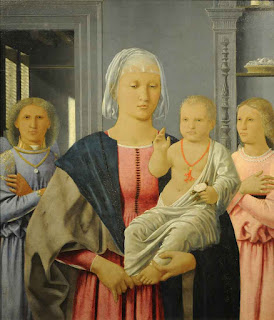New York Review of Books
December 18, 2014
In the summer of 1969, as the violence intensified in Northern Ireland, the poet Seamus Heaney was in Madrid. Like any tourist, he went to the Prado, but not specifically, he later said, “to study examples of art in a time of violence.” He found, nonetheless, that some of Francisco Goya’s work on display “had the force of terrible events…. All that dread got mixed in with the slightly panicked, slightly exhilarated mood of the summer as things came to a head in Derry and Belfast.” He found Goya’s work “overwhelming,” and was fascinated at the idea of an artist confronting political violence “head-on.” In his poem “Summer 1969,” he wrote of his time in the heat of the Spanish city while Belfast burned:
I retreated to the cool of the Prado.Heaney ended the poem with an image of Goya at work:
Goya’s “Shootings of the Third of May”
Covered a wall—the thrown-up arms
And spasm of the rebel, the helmeted
And knapsacked military, the efficient
Rake of the fusillade.
He painted with his fists and elbows, flourishedThere are two ways, perhaps, of looking at Goya, who was born near Zaragoza in 1746 and died in exile in France in 1828. In the first version, he was almost innocent, a serious and ambitious artist interested in mortality and beauty, but also playful and mischievous, until politics and history darkened his imagination. In this version, “history charged,” took him by surprise, and deepened his talent. In the second version, it is as though a war was going on within Goya’s psyche from the very start. While interested in many subjects, he was ready for violence and chaos, so that even if the war between French and Spanish forces between 1808 and 1814 and the insurrection in Madrid in 1808 had not happened, he would have found some other source and inspiration for the dark and violent images he needed to create. His imagination was ripe for horror.
The stained cape of his heart as history charged.
More















